As part of the AgriCOM project, our colleagues in Subotica had the opportunity to learn about the production process from the companies Telek Paprika from Martonoš, Tisamed from Kanjiža, Kontakt from Adorjan.
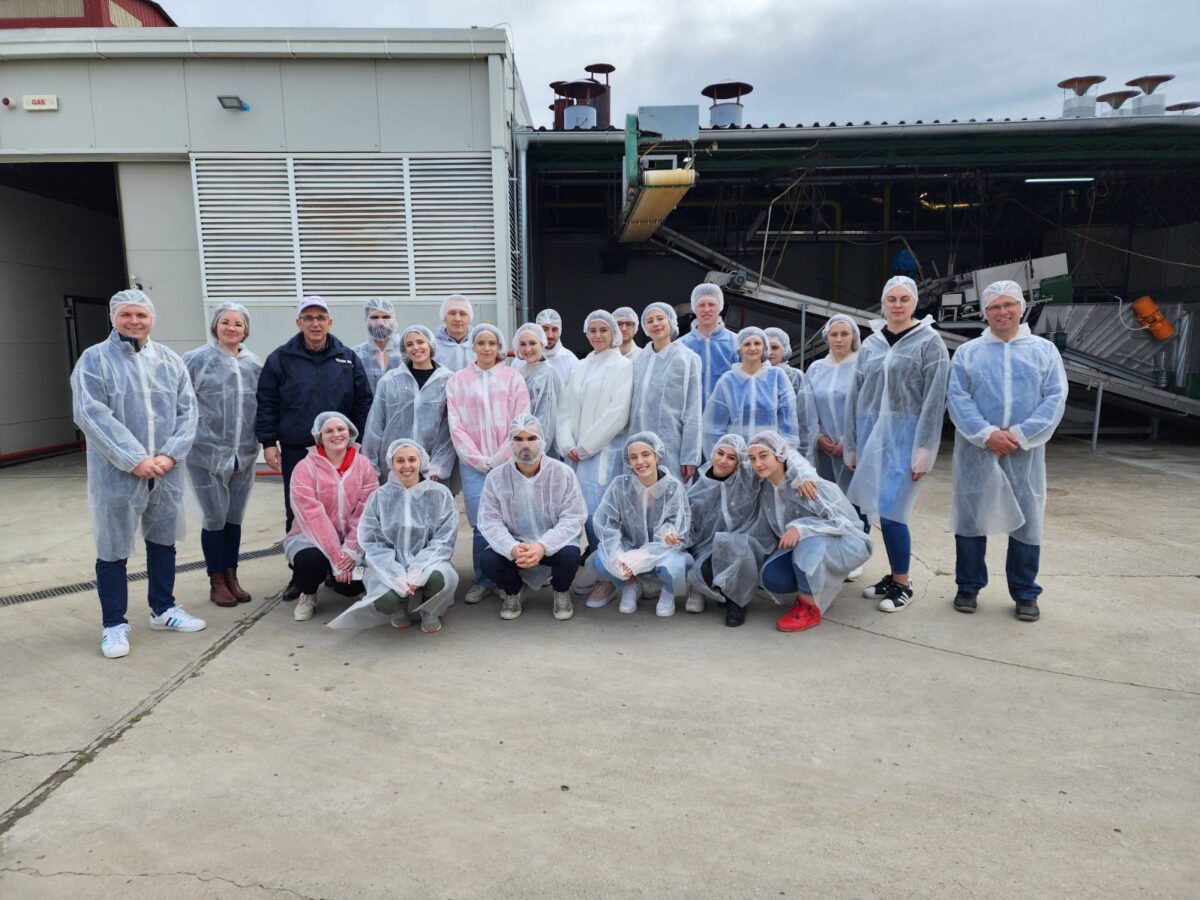
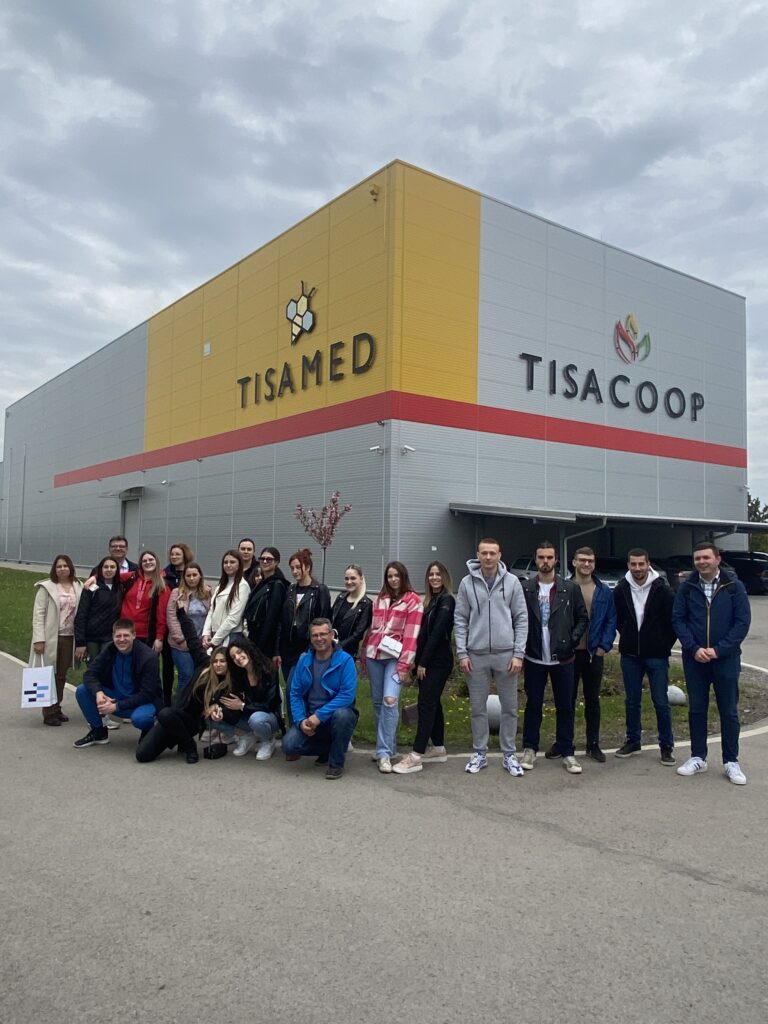

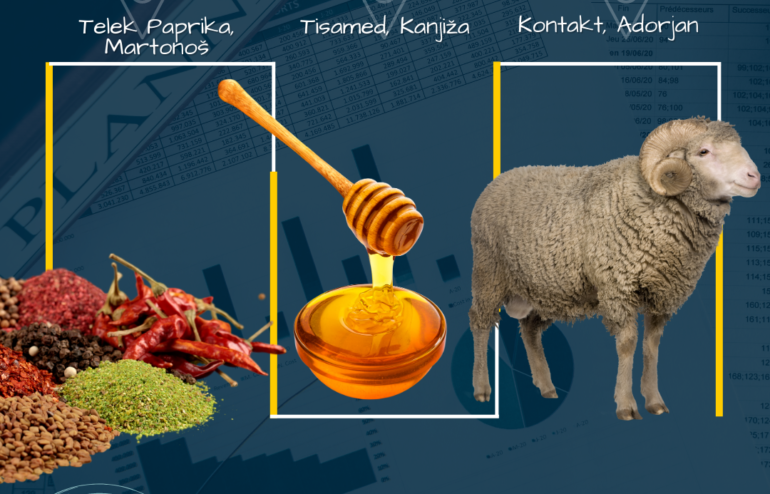
As part of the AgriCOM project, our colleagues in Subotica had the opportunity to learn about the production process from the companies Telek Paprika from Martonoš, Tisamed from Kanjiža, Kontakt from Adorjan.




As part of the AgriCOM project, Miloš Tintor, director of the retail sector of the company Merkator, and Branislav Ćirić, co-owner of craft beer Zbir, gave professional lectures to students.


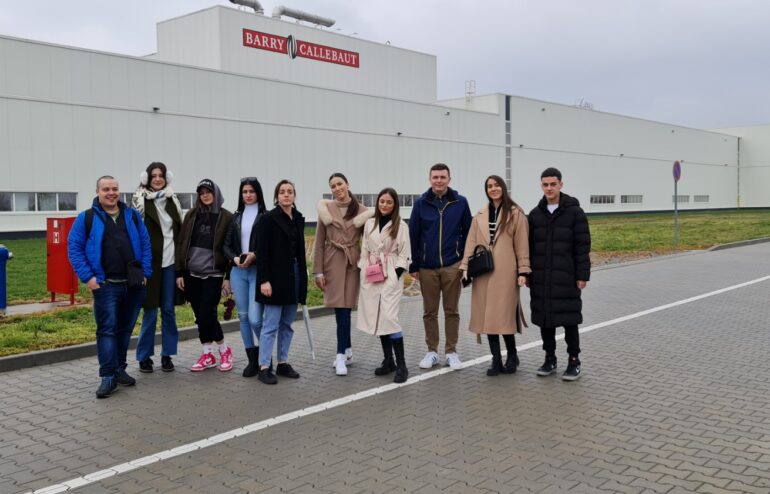
As part of the AgriCOM project, our colleagues in Novi Sad had the opportunity to learn about chocolate production through a tour of the chocolate factory in Novi Sad – Barry Callebaut.
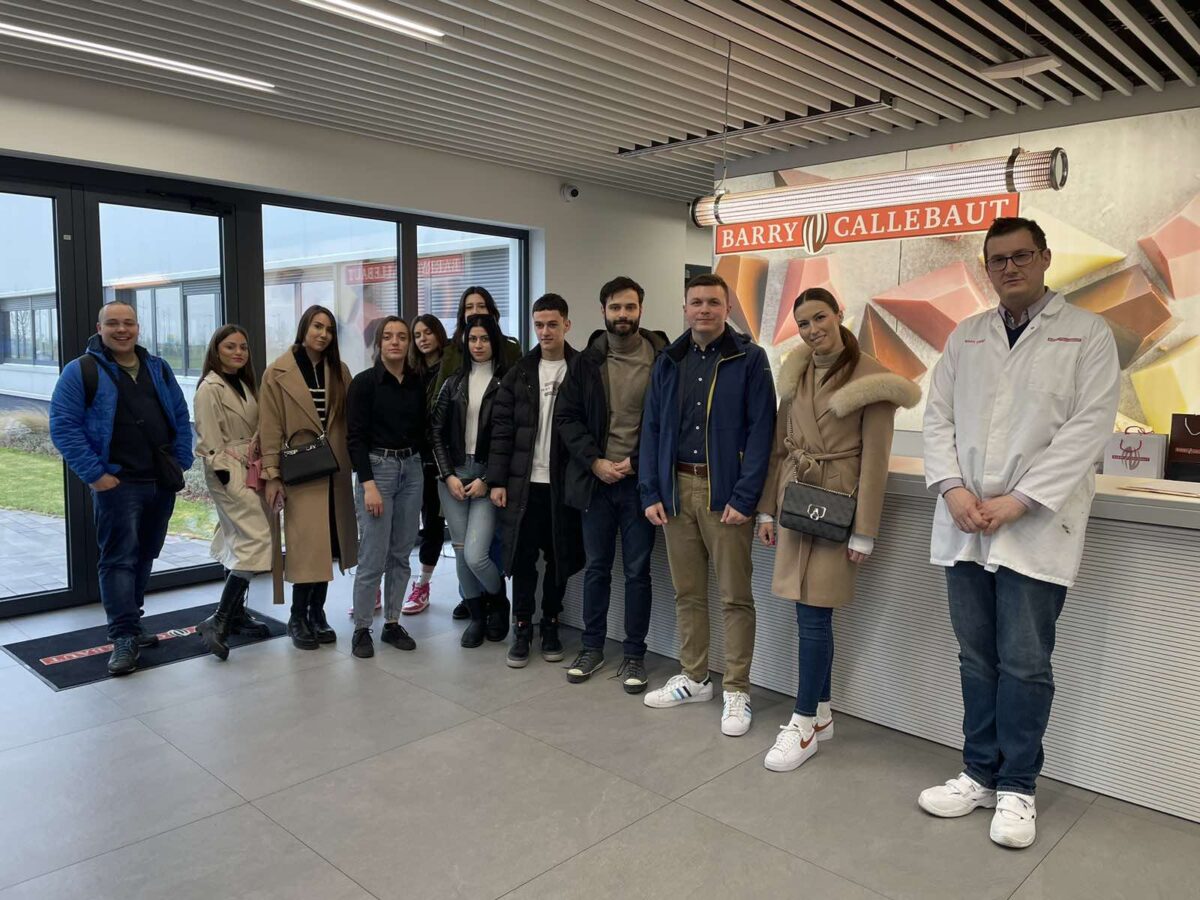
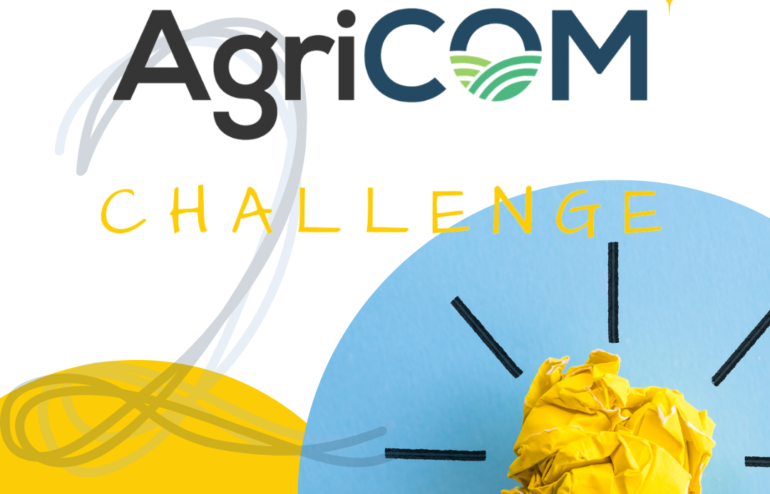
During the months of April and May 2023, as part of the ERASMUS+ Jean Monnet project AgriCOM, we are organizing a competition to solve the AGRICOM CHALLENGE case study! The participants will be divided into groups, and the case study will be formulated as a real problem situation of the company GOMBIT, i.e. the challenge will be related to the product TOMICA.
In addition, we will organize a series of workshops that will help you in solving the case study itself, the main focus of which is improving competitiveness in the food market.
The competition is intended for students of the 3rd and 4th year of undergraduate studies, as well as students of master’s studies.
One team can count from 3 to 5 members.
Applications are open until April 14.
The number of places is limited!
Applications at the link: https://forms.gle/Pnb7mcTjFUjAZGYf7
AGENDA:
| 17-21.04.2023. | Presentation of the study Workshop – Business Canvas Model |
| 24-28.04.2023. | Workshop – Canva/Graphic solutions |
| 08-12.05.2023. | Workshop – Application of marketing in practice |
| 23.05.2023. | Submission deadline |
| 29.05.-02.06.2023. | Presentation of the solution and announcement of the winner by an expert jury |
A certificate will be provided for all participants of competitions and workshops.
Use this great opportunity to apply the acquired theoretical knowledge in solving a concrete case study.
You can ask all questions to e-mail agricom.project@ef.uns.ac.rs or on Instagram profile agro_efsu!

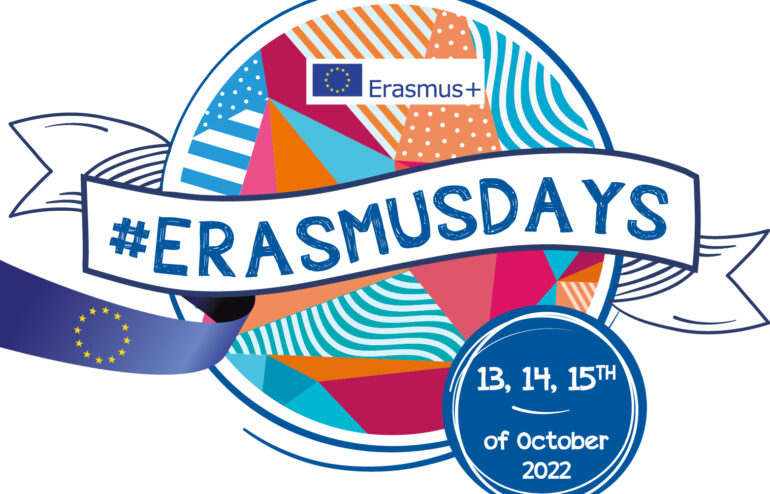
As part of #Erasmusdays AgriCOM CHALLENGE was presented at the Faculty of Economics, University of Novi Sad.

Within #Erasmusdays AgriCOM CHALLENGE will be presented at the Faculty of Economics, University of Novi Sad.

Course Agricultural Policy of European Union has been realised on third year of bachelor studies as an optional course on Faculty of Economics, University of Novi Sad. As the main objective of the project is to disseminate knowledge about the EU and its policies, with an emphasis on EU agricultural and rural policies, the stated objective is realized through curricula innovation in the existing course APEU.
The course was implemented in the 2021/2022 school year. year, during the summer semester. During the course, students could download all the materials (books, presentations, case studies) via the Moodle platform. The total number of students on course were 59.

As part of the AgriCOM project, an expert visit and lecture was held at the 3BIR brewery, where students had the opportunity to learn about craft beer production in Serbia.
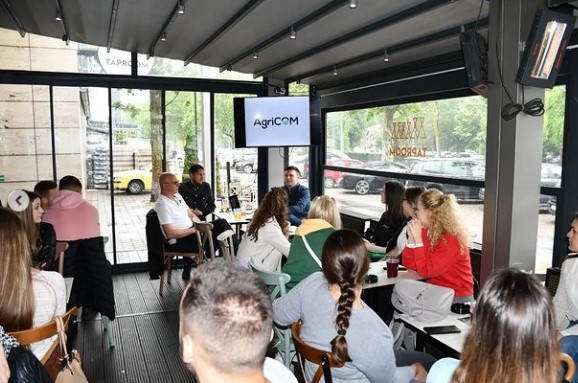
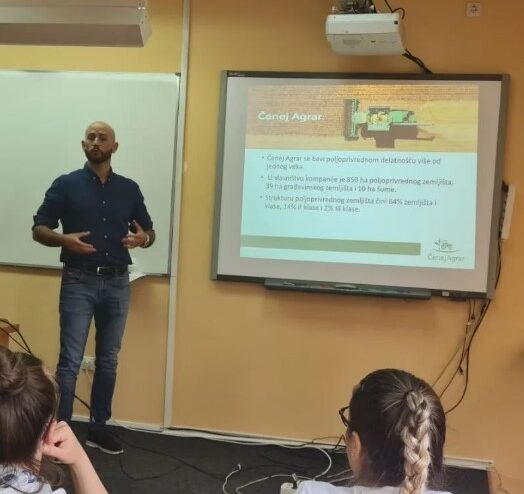
As part of the AgriCOM project, economic expert Aleksa Krčmar, financial analyst of agricultural production in the ” Čenej agrar ” company, held a lecture on the topic “Economic analysis of investments in agricultural machinery”.
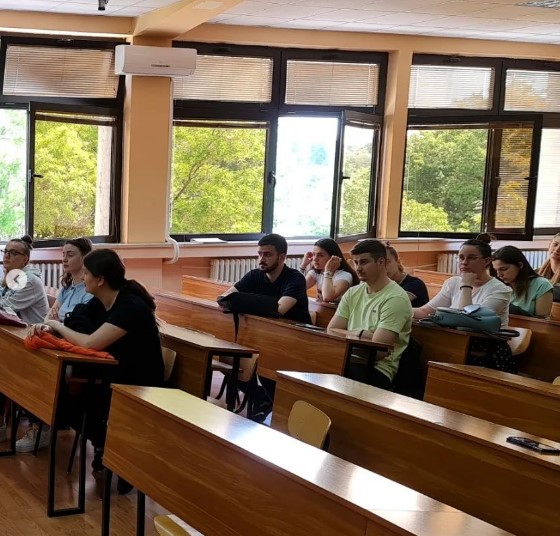
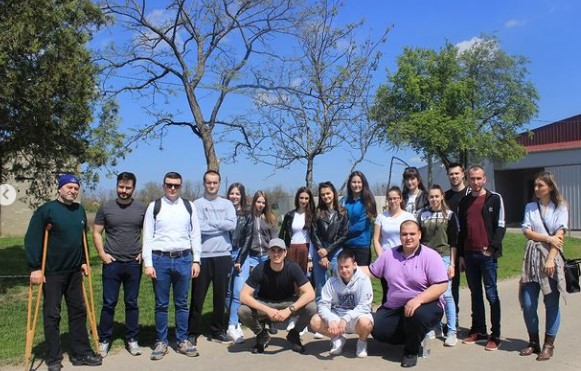
Students from Subotica, as part of the expert visit for the AgriCOM project, visited the farm “Mačković”, the gallery of straw paintings, as well as the ethnic farm “Balažević”.